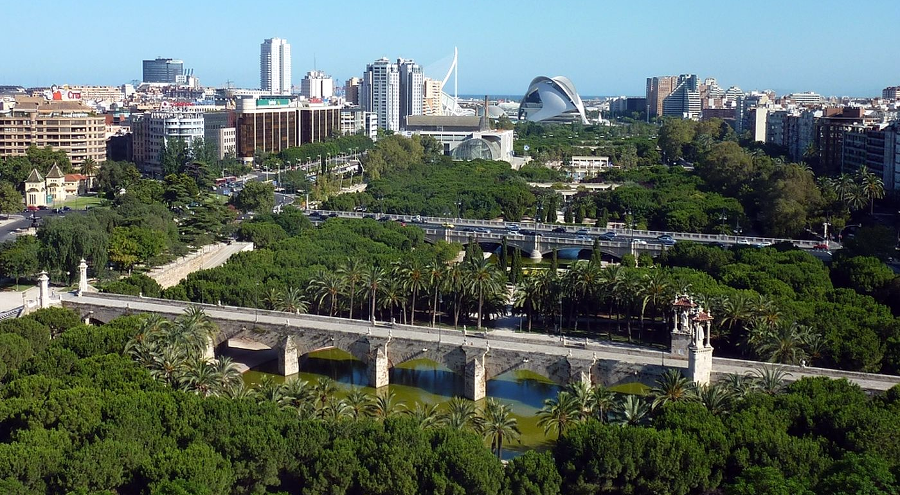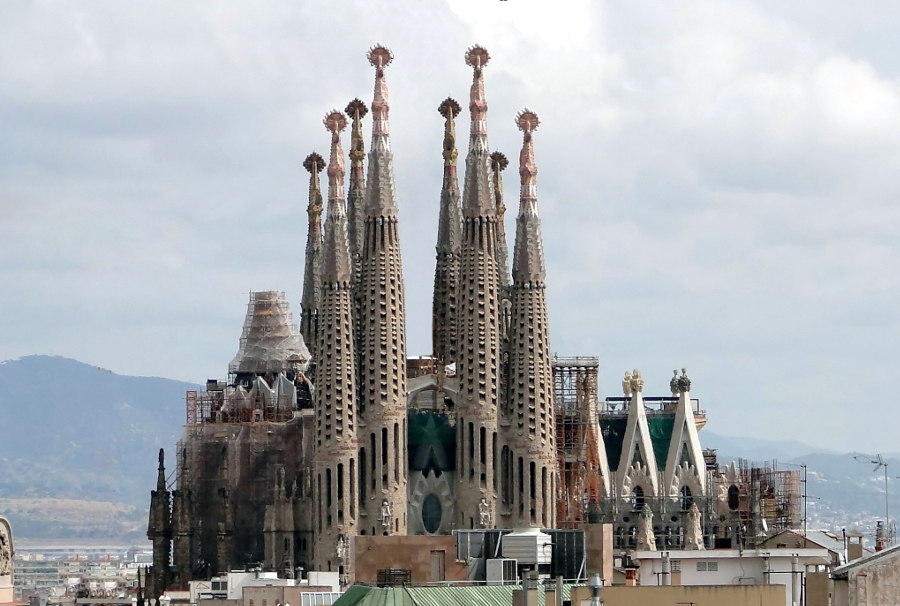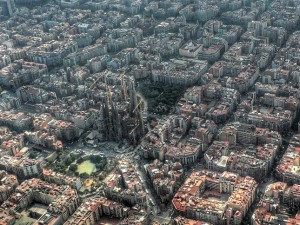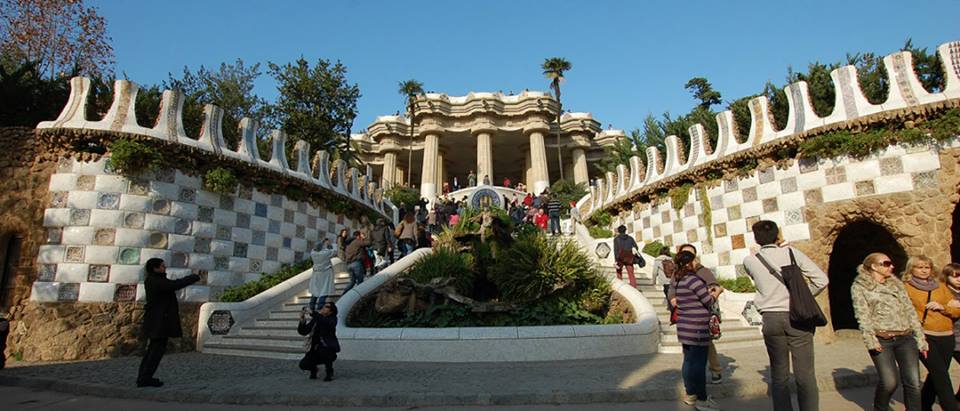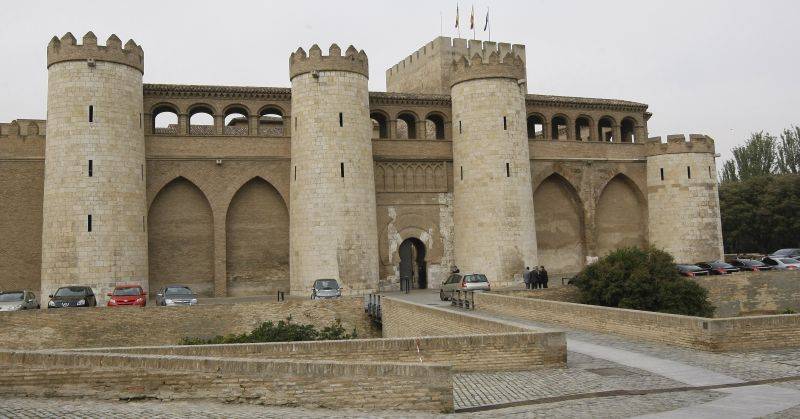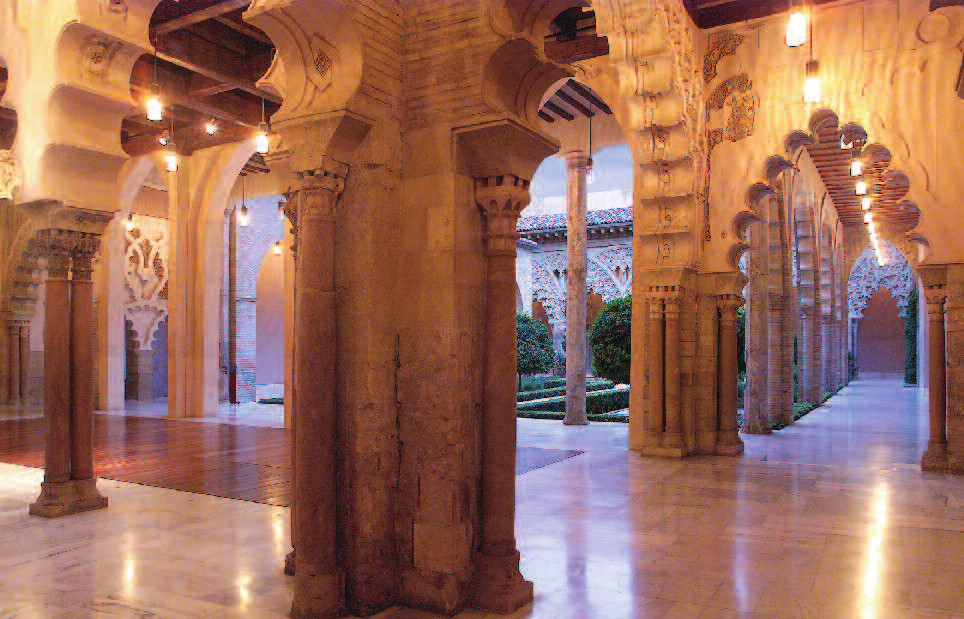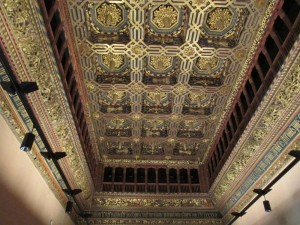Valencia has about 800,000 inhabitants being the third largest city in Spain. The Turia garden (Jardín del Turia) is one of the most visited parks of Valencia, and it is placed in the centre of the city, close to the City of Arts and Sciences.
Its name comes from the Turia river, because it is located in the dried bed of this river after being changed the original course of the river. In fact, on 14th October 1957, Valencia was flooded by the Turia river once again, and the river overflowed its banks causing considerable damage in the city and surroundings. The flash flood was so devastating that the Government decided to divert the course of the river far away from Valencia City in order to avoid other floods in the future.
Nowadays, the Turia Garden is a public green park of more than 7,000 metres long being covered its more than 1,000,000 square metres with great variety of trees, plants ,flowers, herbs, grass, many fountains, several sports areas, some playgrounds, a lot of places to relax and rest, so on.
What to see in The Turia Garden
Being the Turia Garden one of the most visited park in Spain it is also the largest park in a metropolitan area in Spain. It starts at the Valencia Zoo goes through more than 15 emblematic bridges and finishes at the breathtaking City of Arts and Sciences of Valencia (La Ciudad de las Artes y las Ciencias de Valencia).
The Turia Garden has plenty of leisure activities including several playgrounds for children and a little funny train to go sightseeing around the park. However, children must not miss the fantastic Gulliver Park, which is placed inside the Turia Garden, it is a colossal statue of Gulliver where the children can go into to play.
Visitors will be spellbound when they come across the big iron statues while they are strolling in the park, enjoy the lovely places with a lot of benches to sit down when they want to admire an artwork. Besides, they can also do all kinds of sports in the excellent facilities, such as baseball, football, basketball, rugby, cycling and others.
It is very easy to arrive at the Turia Garden, it is in the city centre. However, it can take several days to visit the whole city.
Other interesting sites to visit in Valencia
– Silk Market: A must for visitors who arrive in Valencia is the Silk Market ( la Lonja de la Seda) a masterwork of the 15th century declared a world Heritage site by UNESCO in 1996.
– City of Arts and Sciences: Visitors interested in architecture, art, nature and sciences should visit the amazing City of Arts and Sciences (la Ciudad de las Artes y las Ciencias de Valencia), designed by the architect Santiago Calatrava.
– “Las Fallas” festivals: Most visitors to Valencia enjoy the bonfires in the Fallas de Valencia Festival on the 19th March, it is a unique experience to go for a walk through its lively streets.
– The beach: Most tourists spend spare time in they sunny beaches of white sand. Do not miss out the traditional delicious paella dish. Do not forget the historical centre of the city.
